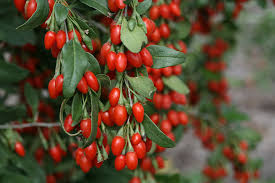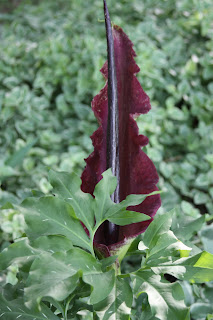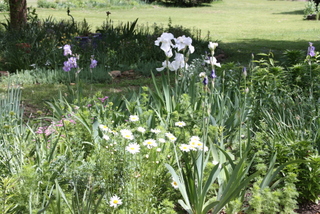Goji Berry, Lycium Sweet Lifeberry

Grow a healthy snack in your yard or garden - Goji berries are easy! Goji berries, Lycium barbarum, are all the rage among healthy eaters and gardeners alike. Their new popular name is based on the original Chinese name, Gou Qi Zi. Previous popularized names include Chinese Wolfberry, Matrimony Vine, Chinese Boxthorn, Red Medlar and The Duke of Argyll's Tea Tree. The plants were introduced into England’s gardening culture in the 1600s and the shrubs have become naturalized around the country in hedgerows. Spring Meadow Nursery ( springmeadownursery.com/plant/55060 ) and Proven Winners ( provenwinners.com/vitaminberries ) are teaming up to make Goji berries equally popular with home gardeners in the US. While Goji berries are said to have many nutritional benefits their commercial value to US agriculture is somewhat limited because they have to be harvested by hand and spoil quickly. As a result, Goji berries available to US consumers are primarily gr















